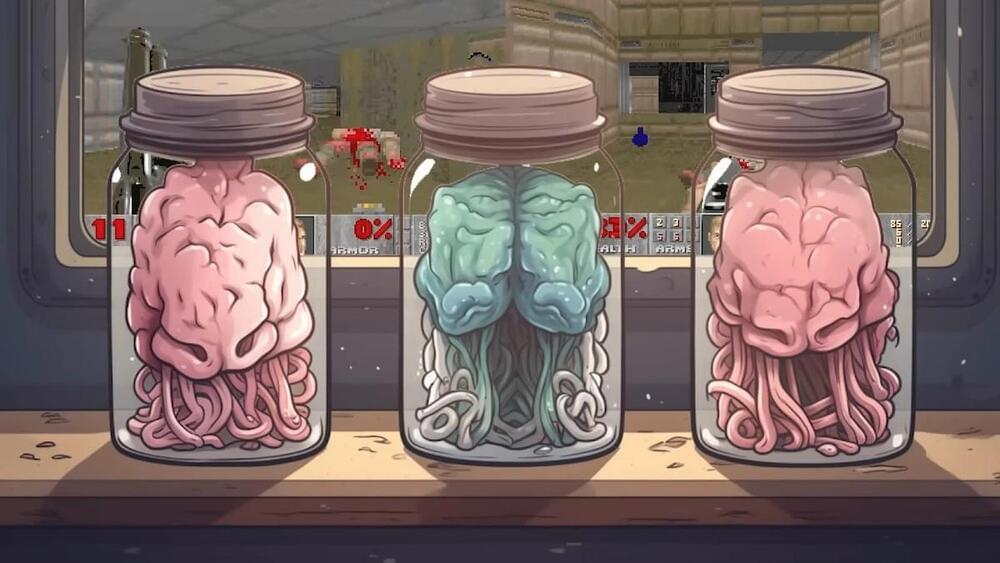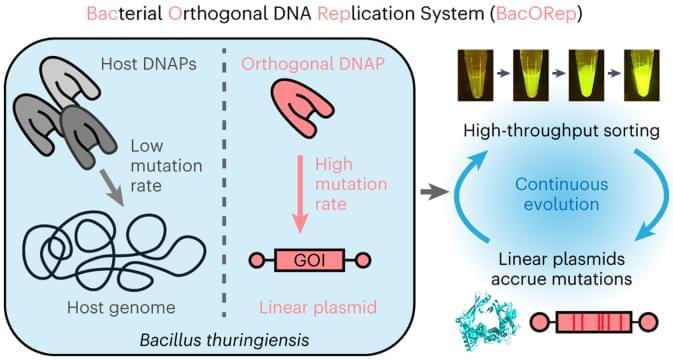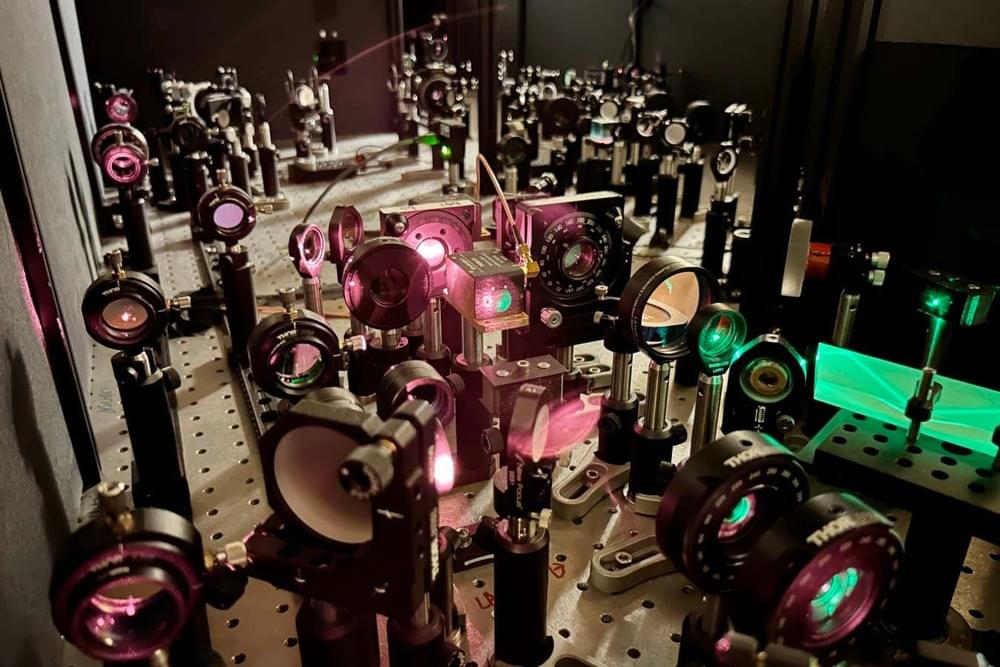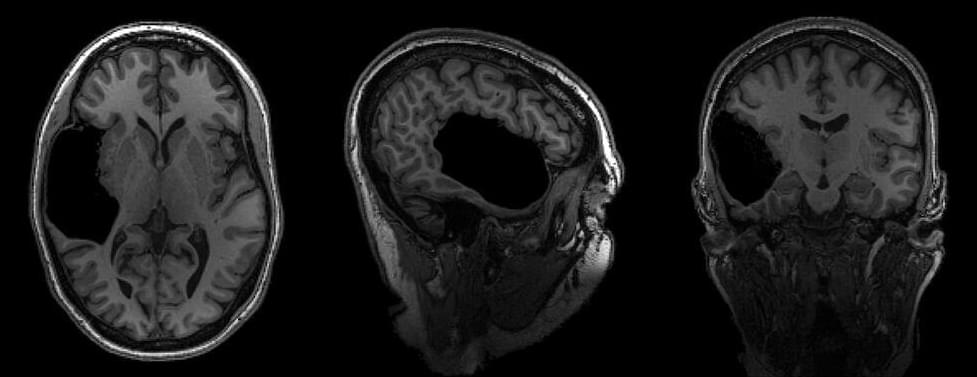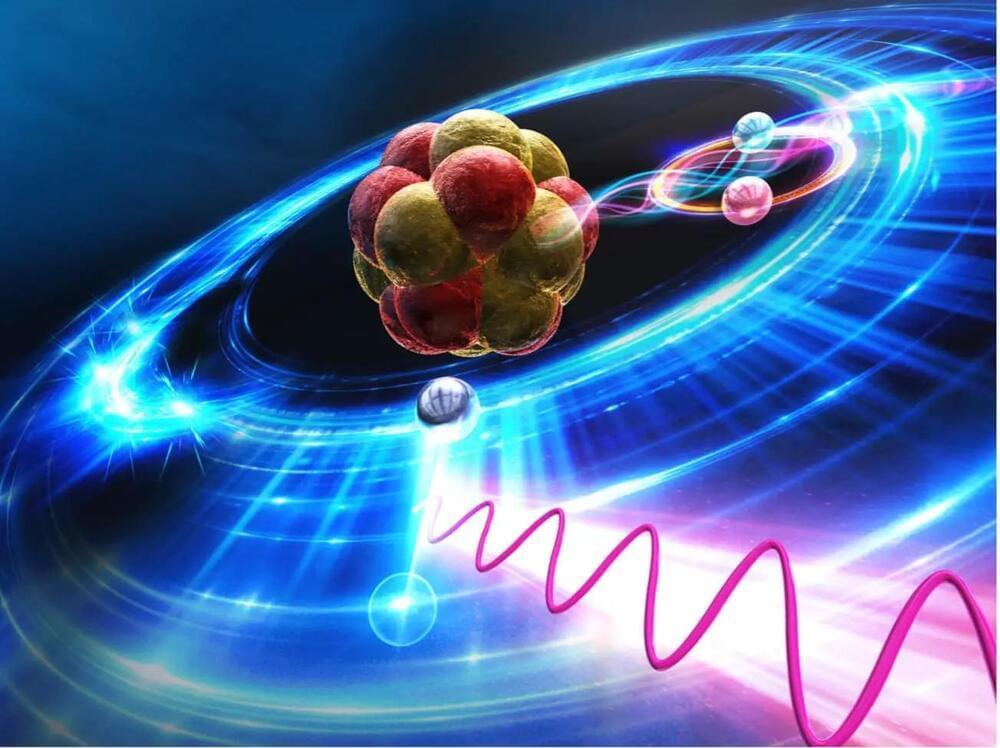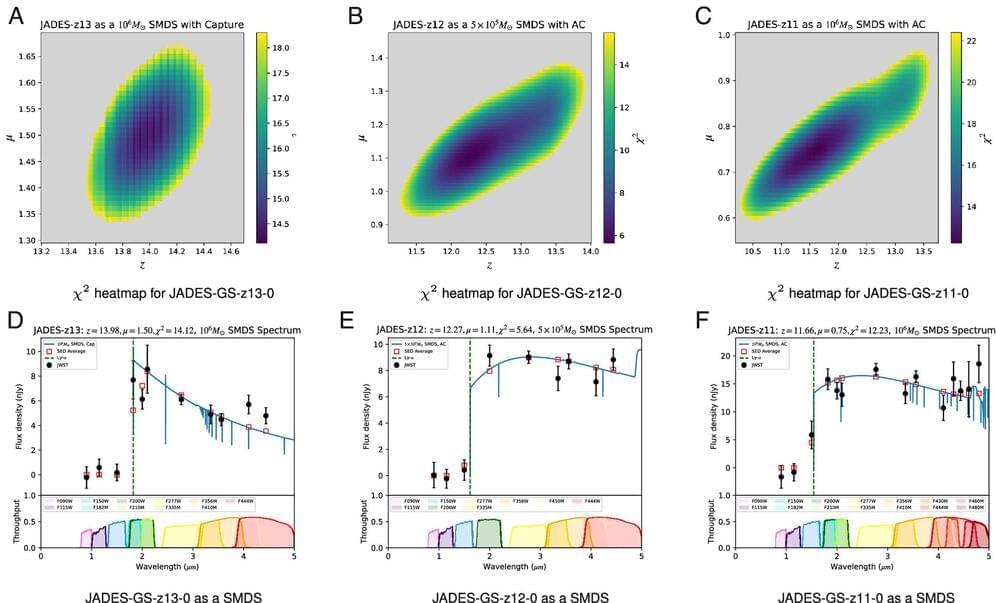Jul 14, 2023
Scientists are trying to grow neurons that can play Doom
Posted by Dan Breeden in categories: computing, education, neuroscience
Ah, Doom. Who knows where we’d be today if it weren’t for the innovation that made you the granddaddy of first-person shooters? Probably one of the things that’s helping to keep id Software’s iconic game alive after all these years is the fact that it can be ported to just about anything. It’s even possible to play Doom inside Doom itself.
As you can imagine, many people have attempted to see what crazy methods they can to play this legendary FPS. Now, some scientists are doing something a little different. Namely, they want to see if it’s possible to grow their own neurons that can be taught to play games. And yes, they want to see if they will be able to control Doom.
A video from the YouTube channel The Thought Emporium goes into detail about the hypothesis. The basic idea is to be able to hook up some lab-grown rat neurons to a computer that will be able to play Doom, at least in a rudimentary fashion.
